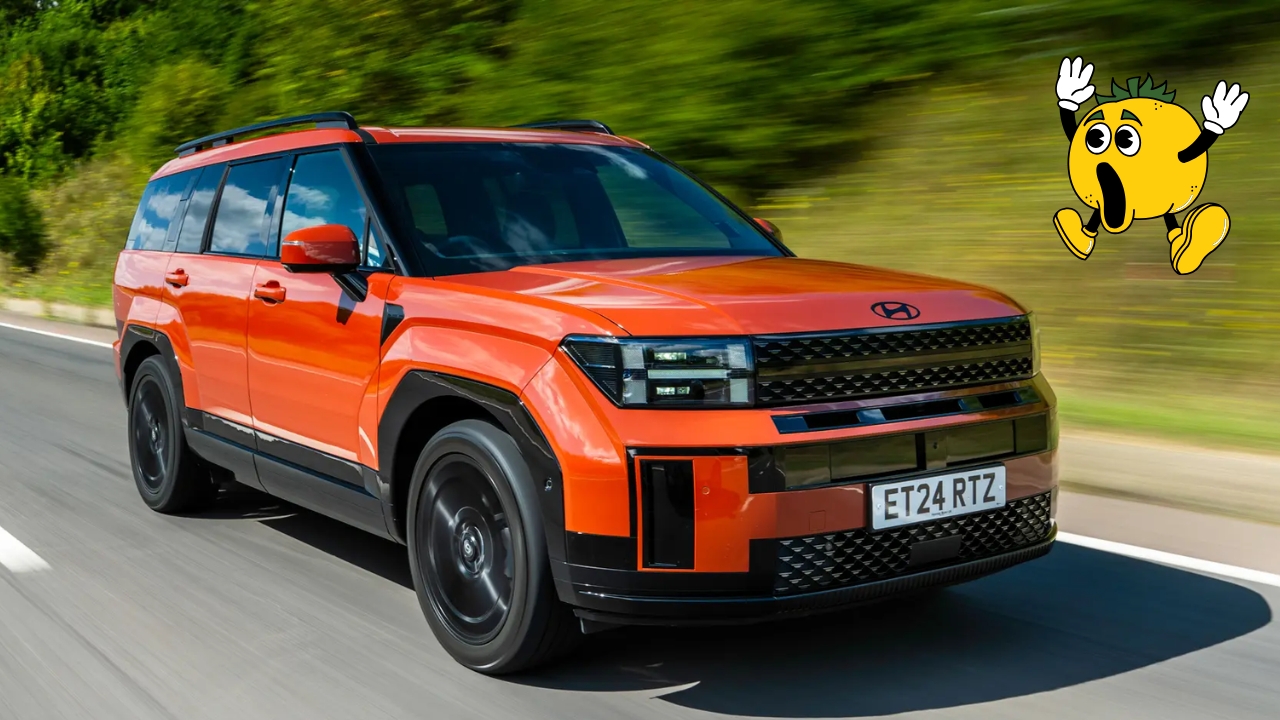If you’re considering a Hyundai Santa Fe or currently own one, recent news about transmission changes might have caught your attention. While the US market prepares to switch transmission types, Korean-built Santa Fe models are taking a different path entirely.
What’s Actually Happening with Santa Fe Transmissions
Hyundai Australia recently confirmed that their Korean-built Santa Fe will continue using the eight-speed dual-clutch transmission (8DCT), even as American models move to a traditional eight-speed torque converter automatic for the 2026 model year. This decision comes after years of transmission-related issues that have affected thousands of owners worldwide.
The announcement followed significant recalls in North America, where the most recent recall (July 2024) impacted more than 12,300 vehicles with an estimated defect rate of 100 per cent. These problems stemmed from faulty transmission control unit software that could damage the dual-clutch system during normal operation.

Why the Split Decision Between Markets
The reasoning behind keeping different transmission types for different markets isn’t entirely clear from Hyundai’s official statements. A company spokesperson told Car and Driver that “For 2026, Santa Fe moves to a torque converter transmission” because “it became available in our development cycle, and we determined it provided ideal overall drivability for the Santa Fe driver moving forward.”
However, Hyundai Australia has been definitive about their stance, telling carsales there were “no plans to change Korean production to [the] 8AT”.
Understanding the 8DCT Problems
Real-World Issues Owners Face
The eight-speed dual-clutch transmission hasn’t had an easy journey. Multiple recalls have affected Santa Fe models, along with other Hyundai vehicles using the same transmission including the Sonata, i30 N, and Kona N variants.
Recent problems include:
- Vehicles unexpectedly shifting from Park to Neutral
- Transmission entering limp-home mode randomly
- Complete transmission failures requiring full replacement
- Extended wait times for replacement parts
The Cost of Repairs
When these transmissions fail, they typically require complete replacement rather than simple repairs. Many owners have reported waiting “MONTHS” for replacement transmissions due to “parts shortages”, leaving them with inadequate loaner vehicles while still making payments on their Santa Fe.
What This Means for Different Buyers
| Buyer Type | Key Considerations |
|---|---|
| New Korean-Built Santa Fe Buyers | Continue with familiar 8DCT technology; warranty coverage for known issues; potential future reliability concerns |
| Used Santa Fe Shoppers | Check build dates (Jan-March 2021 models had higher failure rates); verify transmission service history; consider extended warranties |
| Current Owners | Stay informed about recalls; maintain regular service; document any shifting issues early |
| US Market Buyers | 2026+ models get proven torque converter technology; improved reliability expected; better resale value potential |
Build Date Matters
If you’re shopping for a used Santa Fe, pay attention to manufacturing dates. Vehicles built between January and March of certain years experienced higher failure rates, according to owner reports and forums.
The Dual-Clutch Technology Explained
How It’s Supposed to Work
Dual-clutch transmissions offer theoretical advantages over traditional automatics. They pre-select the next gear, providing quicker shifts and potentially better fuel economy. When working properly, they can deliver a sporty driving experience with minimal power interruption during gear changes.
Why Some Struggle
While other automakers haven’t seen as much trouble with similar transmissions and have even excelled at them (Volkswagen, Porsche), others struggled with them (namely Ford last decade with its PowerShift automatic). The technology is complex and sensitive to tuning, making reliability more challenging to achieve.
What to Expect
The transmission situation highlights the importance of staying informed as a vehicle owner. Whether you have a current Santa Fe or are considering one, understanding these changes helps you make better decisions about maintenance, warranties, and future purchases.
For Korean-built models continuing with the 8DCT, Hyundai’s commitment to warranty coverage remains important. The company has handled previous issues through recalls and replacements, though the process hasn’t always been smooth for affected owners.
Frequently Asked Questions
Q: Should I avoid Santa Fe models with the 8DCT transmission?
A: Not necessarily. Many owners have positive experiences, but be aware of potential issues and ensure proper warranty coverage.
Q: Will keeping the 8DCT affect resale values?
A: Potentially yes, especially if reliability concerns persist compared to models with traditional automatics.
Q: Can I tell if my Santa Fe has transmission problems developing?
A: Watch for harsh shifting, unexpected gear changes, or warning lights. Document and report issues promptly to your dealer.
2026 Kia Sorento Facelift Brings Subtle Yet Smart Design Tweaks
